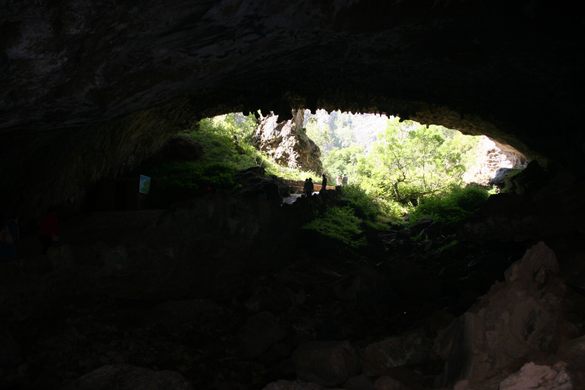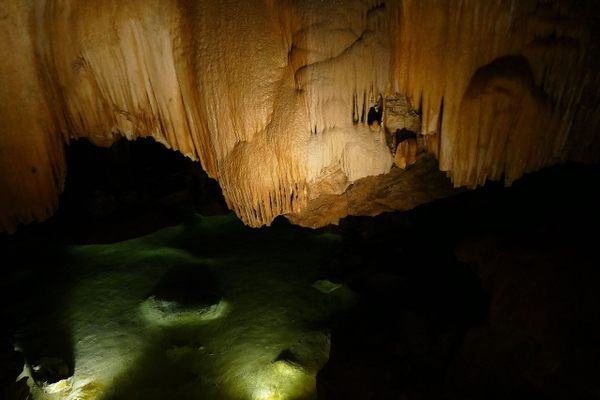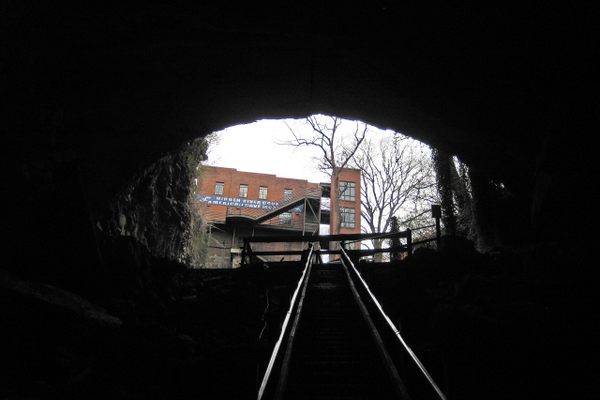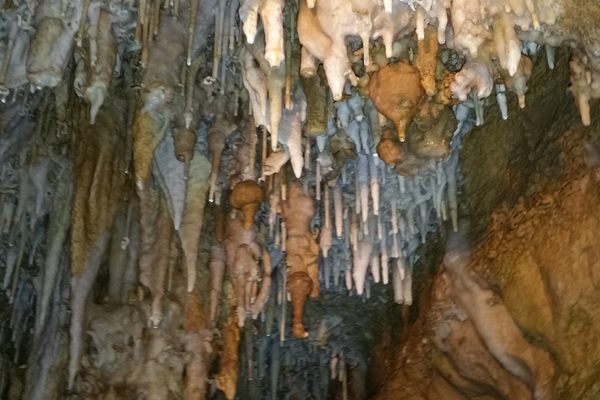AO Edited
Cueva de Valporquero
The spectacular geological formations make it one of the most impressive caves in Europe.
Approximately 40 kilometers north of the city of León, the course of the Torío River leads to Vegacervera, a small and beautiful village. At the exit of the village, we find Las Hoces, where fluvial erosion of the limestone rock has given rise to a gorge with large vertical walls, some of which are over 100 meters high. Las Hoces de Vegacervera makes up one of the most remarkable natural spaces in Spain, the result of the patient fight of water against rock.
The narrow valley stretches just 15 meters wide in some places. It’s part of a landscape of incomparable beauty, in which beech, oak, and juniper forests survive. At the bottom of the valley, the water dazzles us with its musical flow, between willows and poplars. At the end of the gorge, a steep road leads us to Valporquero, where the entrance to a cave is located.
Cueva de Valporquero is one of the youngest caves in the Iberian Peninsula, at just a million years old. (In geological time, that’s quite youthful.) It seems incredible that the cold stream that accompanies us from the entrance has forged during this time the impressive formations that turn this space into a true underground cathedral.
Paths, bridges, and stairs lead between stalactites, stalagmites, deep chasms, enormous columns, and huge cavities. The usual route takes us through various spaces with evocative names: the great roundabout, the small wonders, the fairies room, the stalactite cemetery, the high street, the solitary column, the great wonders.
In spring, when the stream is loaded with snowmelt from the surrounding mountains, the noise of the water currents and the waterfalls make the cave an even more fascinating place.
Know Before You Go
The visits are made with a guide and in groups. Wear warm clothes and comfortable shoes.
Best time to visit: spring and autumn, coinciding with the rainy season. In the winter the caves are closed because the snow makes access difficult. Two types of visits are offered, depending on the length of the tour.
On the other hand, the most adventurous have the possibility of rafting through the underground river, through large galleries, natural slides, jumps, underground lakes, and rappelling in waterfalls.
Plan Your Trip
The Atlas Obscura Podcast is Back!




















Follow us on Twitter to get the latest on the world's hidden wonders.
Like us on Facebook to get the latest on the world's hidden wonders.
Follow us on Twitter Like us on Facebook